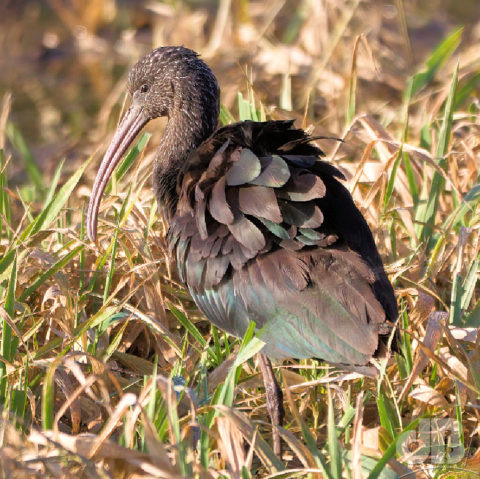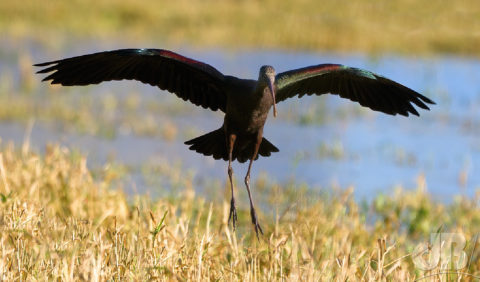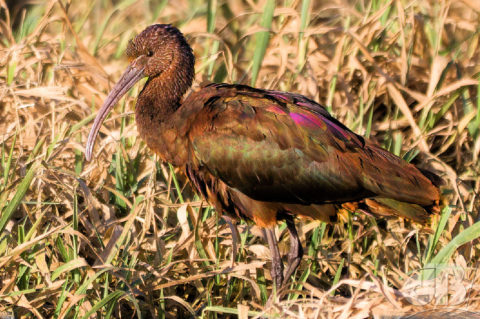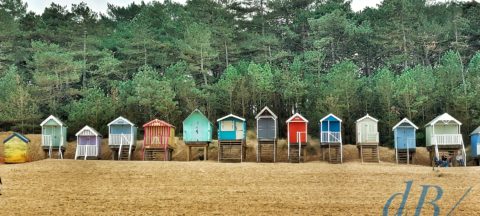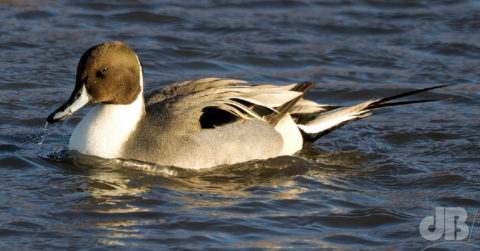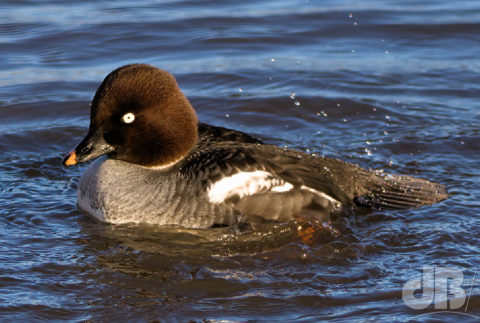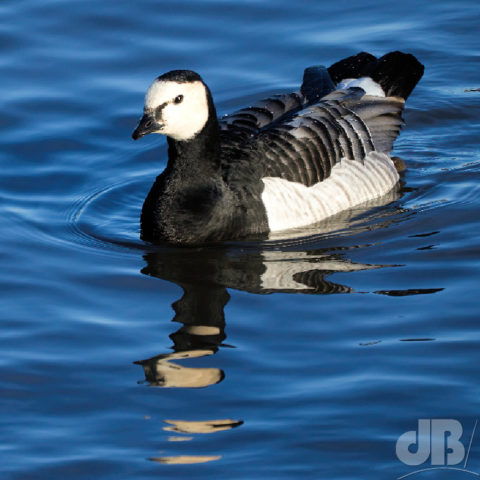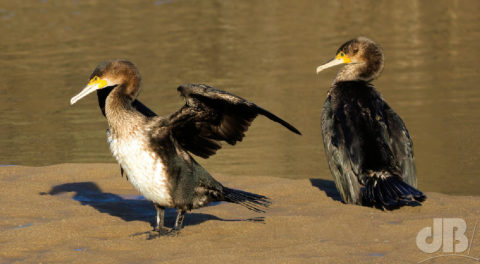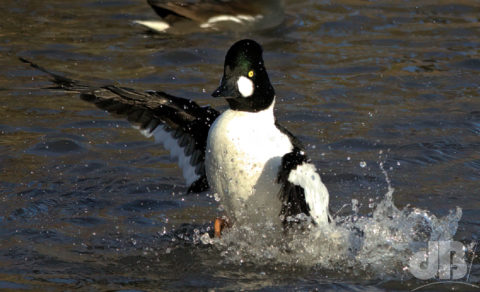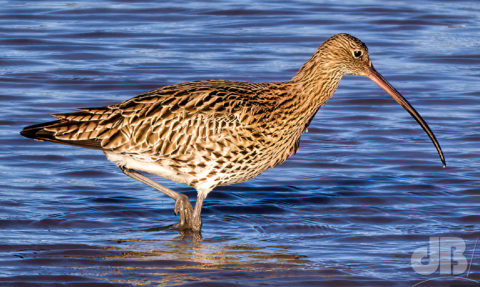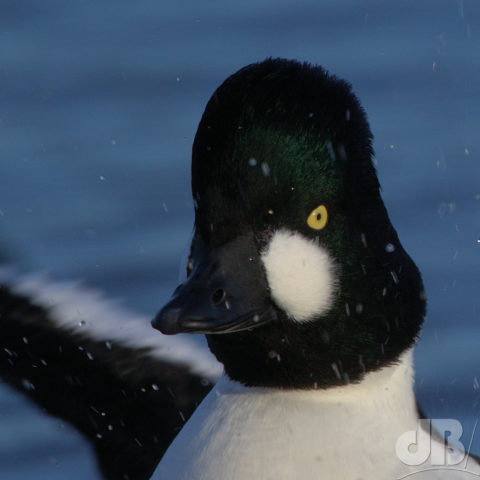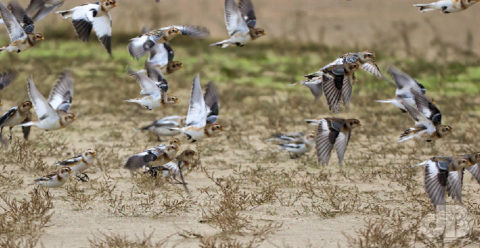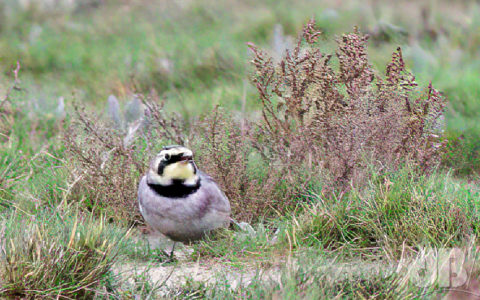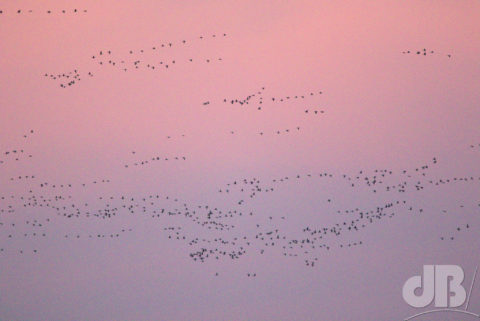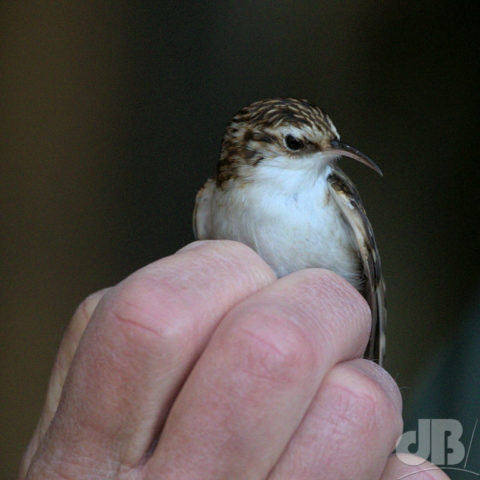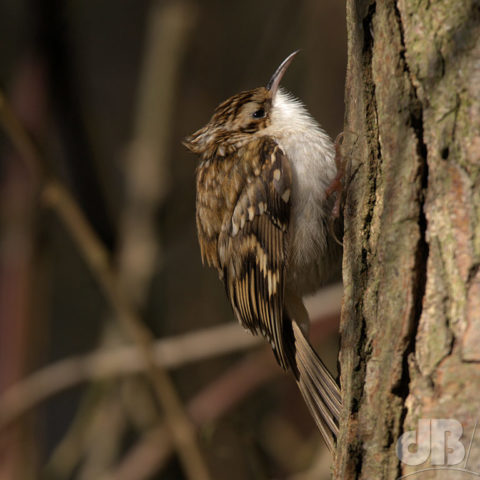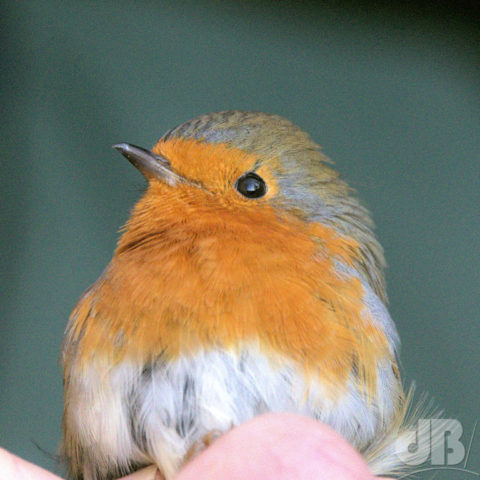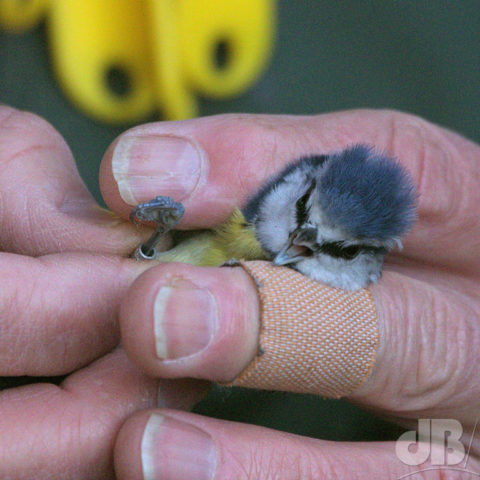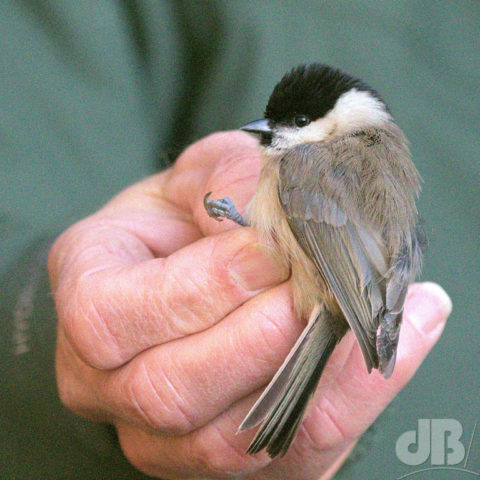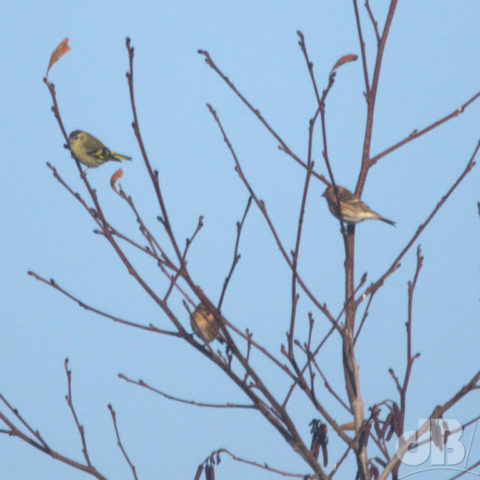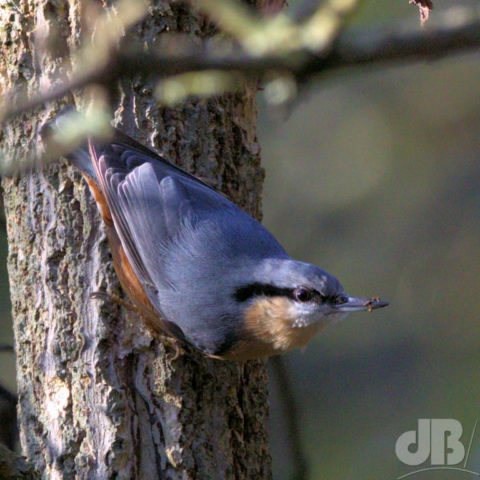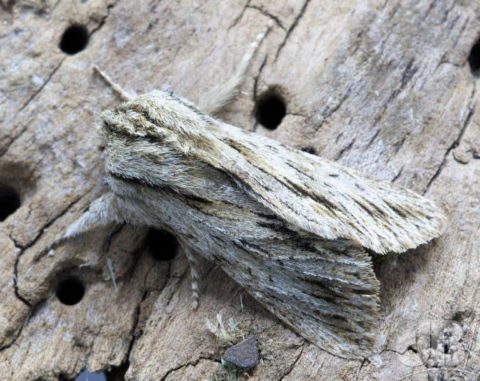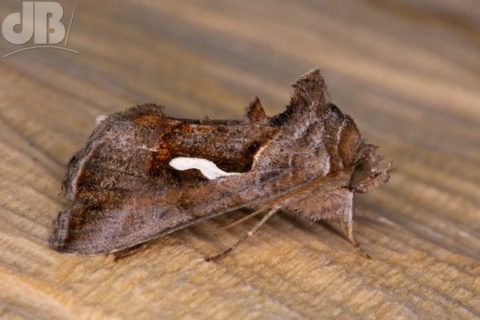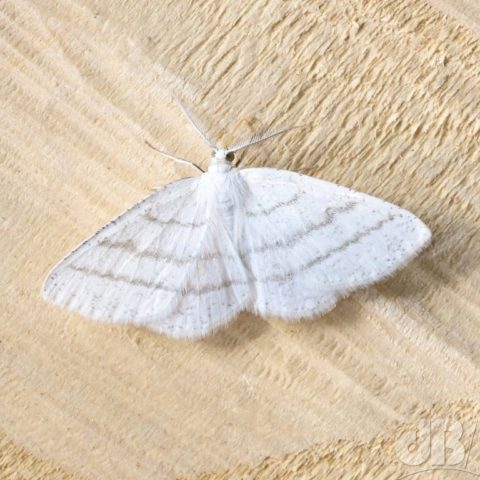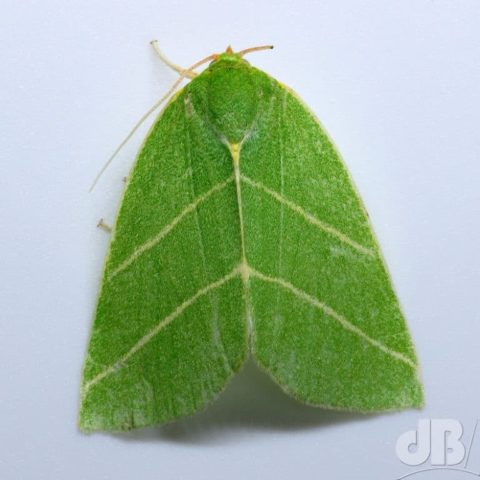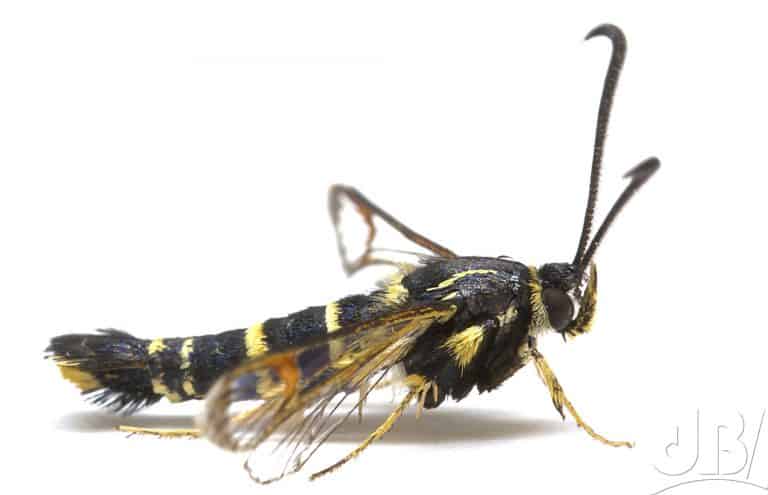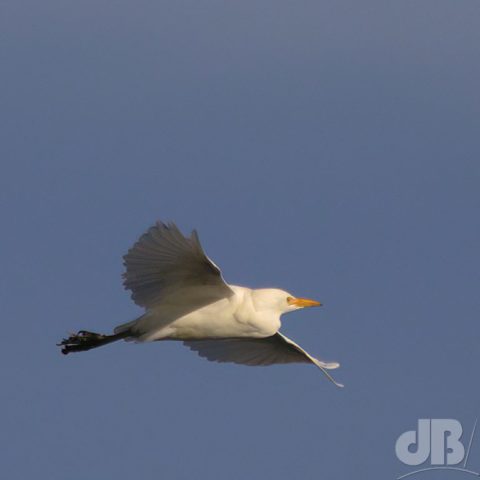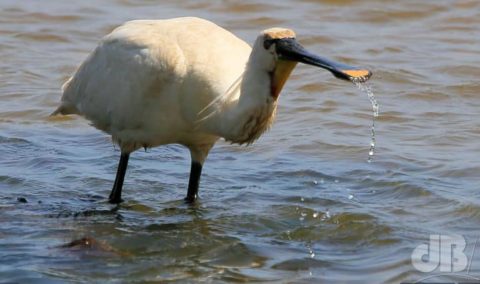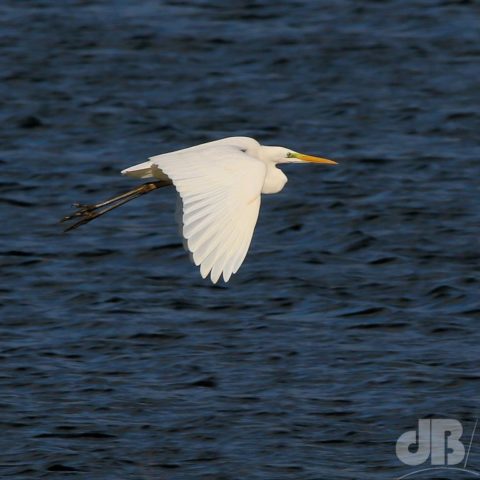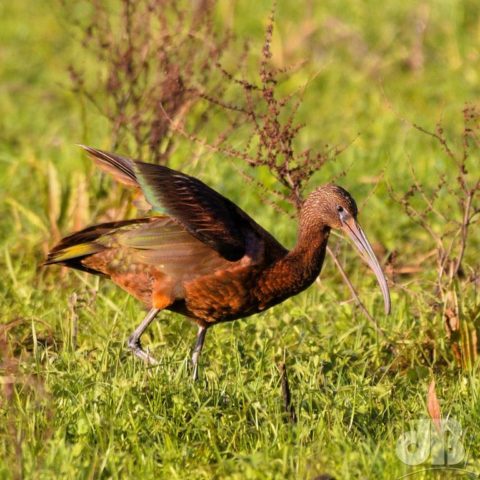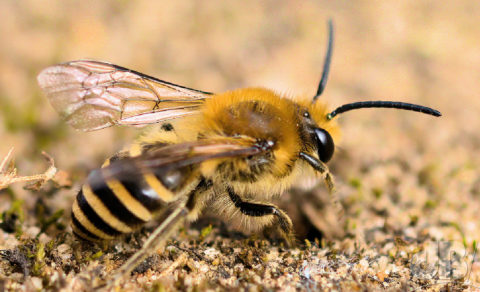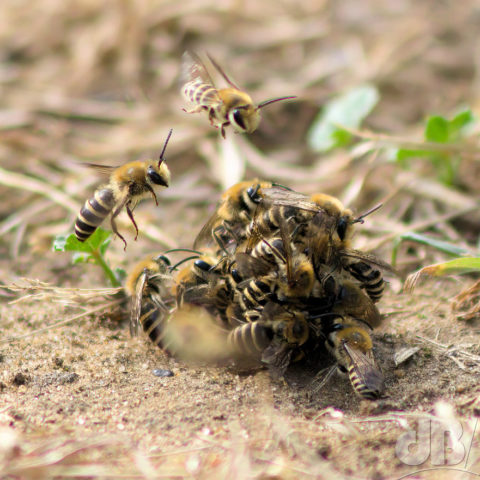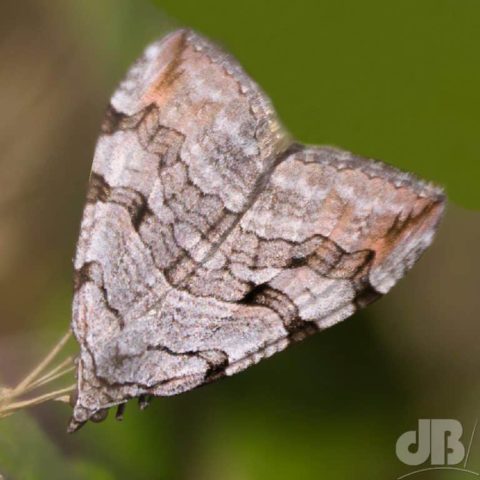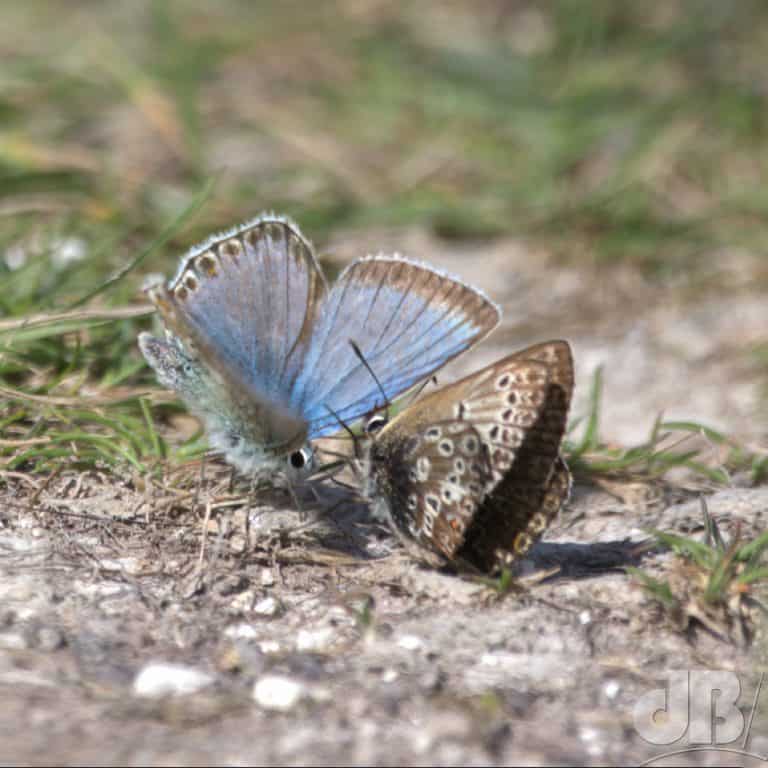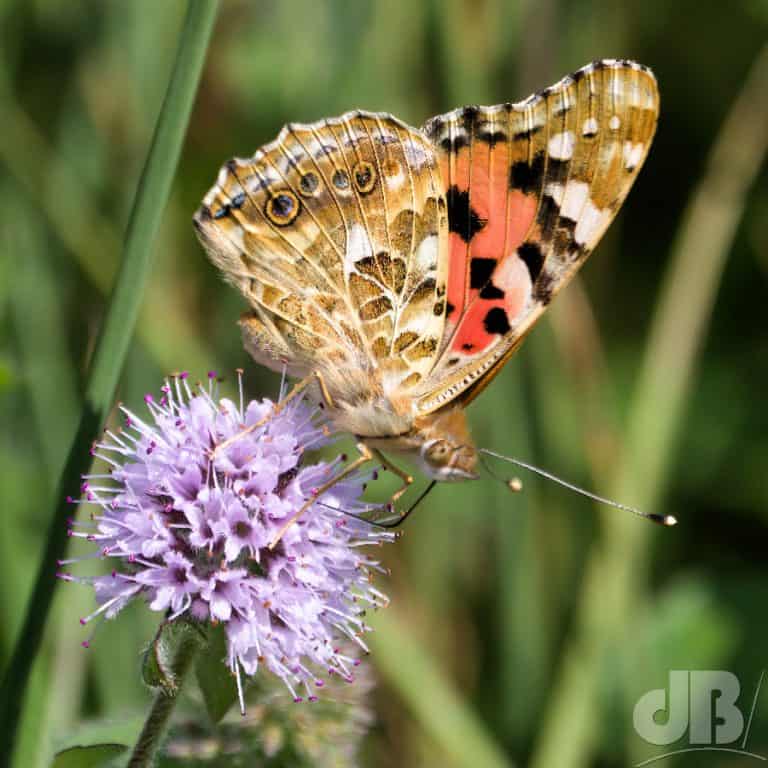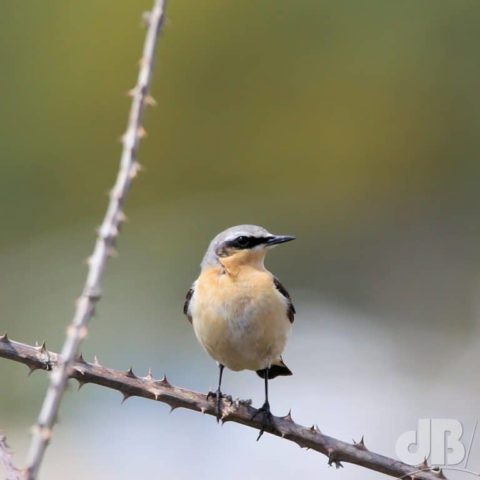UPDATE: As of March 2022, American lepidopterists officially know Lymantria dispar as the Spongy Moth. It will be interesting to see whether this new vernacular name is adopted this side of The Atlantic too.
The proposed name comes from the common name used in France and French-speaking Canada, Spongieuse, and alludes to the spongy mass of eggs laid by the females.
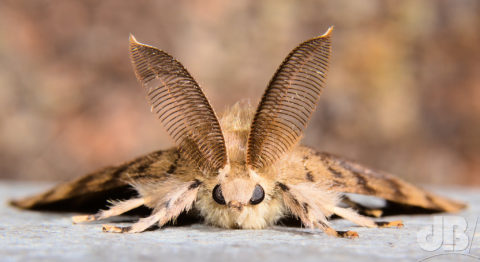
In the US and elsewhere, there’s been a call to give many plants and animals new vernacular names because their well-known common names contain terms and words considered inappropriate. The Gypsy Moth, Lymantria dispar, is a case in point.
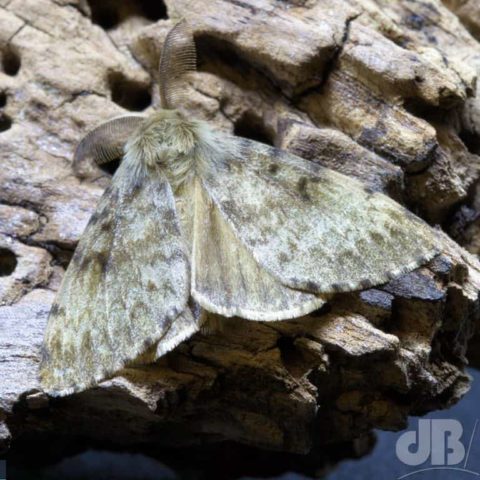
L. dispar was, according to the UK Moths website, “a common species in the East Anglian and southern fens” in the early 1800s, a century later it was extinct as a breeding species here. Meanwhile, having been introduced to North America in 1869 it has spread there and become a larval pest of deciduous trees. It is already more properly known as the LDD Moth in North America, for the extant sub-species there Lymantria dispar dispar.
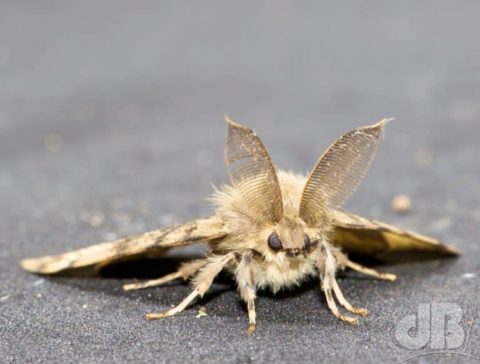
Back in Old Blighty, the species had somewhat recovered in London by 1995 and has spread across its old stamping grounds. I saw my first male L. dispar to the actinic light on the night of the 5th August 2020, only my third season of mothing. On the almost balmy night of 22nd August 2021, there were three males in the garden. Incidentally, the females are larger and bulkier than the males and mostly white. The larvae are tiny and can disperse readily on a breath of wind.
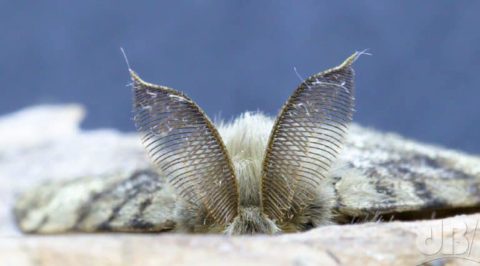
The term “Gypsy” (more commonly Gipsy in English until recently) originated in the early 17th Century and derives from gypcian, a Middle English dialectic word meaning “Egyptian“. Of course, the Roma to whom the term has pejoratively and inappropriately been applied were of Indian ancestry rather than North African. The term is generally considered offensive when referring to itinerant ethnic groups and so there is a pressing need to find new names for a range of plants and animals – Gypsy Wort, Gypsy Ant, and, of course, the Gypsy Moth.
I wonder whether the entomologists would consider calling L. dispar the “Dusky Underwing”. I don’t think that name has been used for another member of the Lepidoptera. The male of the species has a passing resemblance to the Catocala species, such as the Red Underwing and the Dark Crimson Underwing at least while their hindwings are not exposed. And, there are many other unrelated “underwing” moths, such as the various and diverse yellow underwings, orange underwing, straw underwing and the black underwing (now usually known as the Old Lady and previously the Grave Brocade). #TeamMoth #MothsMatter
Forgive me, I thought I was writing a new blog article but when I looked at the one I did when I saw L. dispar in the garden for the first time in 2020, I seem to have repeated myself.
